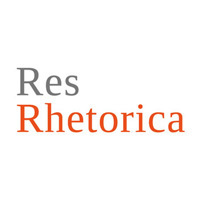Author(s): Dumitru Tucan,Roxana-Sînziana Rogobete,Mădălina Chitez,Ana-Maria Radu-Pop / Language(s): Romanian
Issue: 58/2020
This study undertakes an analytical perspective upon the dynamics of writing practices in the Romanian educational system, as they can be observed in transitioning from the secondary to the HE system. The paper highlights the gaps between the two learning models starting from the analysis of writing, a vital instrument widely used in the Romanian teaching system. During secondary education, writing practices are assumed to be an important part of the curriculum, both theoretically and practically, but the effects seem to be deficient: students are unable to link these skills to the subjects they study and to the core features of each discipline. At this level, the writing pedagogy is minimal, predominantly prescriptive, and results consist of a rather reproductive, automated use of conventional forms. Later, students have difficulty in adapting to the Romanian university system, which requires high levels of proficiency and offers predominantly applied teaching techniques, something they lacked in the standardized knowledge developed in high school. We base our study on two self-compiled corpora, grounded in similar requirements: a corpus of novice writing (NoviceRO), elaborated as part of a university entrance exam,70and a corpus of first-year student writing (LitRO), part of the final examination from a university class. The analysis will be conducted by means of corpus linguistics instruments and aims at identifying rhetorical and argumentative structures. Our hypothesis is that the formulaic sequences derive from the prescriptive, ready-made elements of the pedagogy and practice taught in pre-university writing, especially from how the so-called “argumentative text” is taught and performed during this educational cycle.
More...




